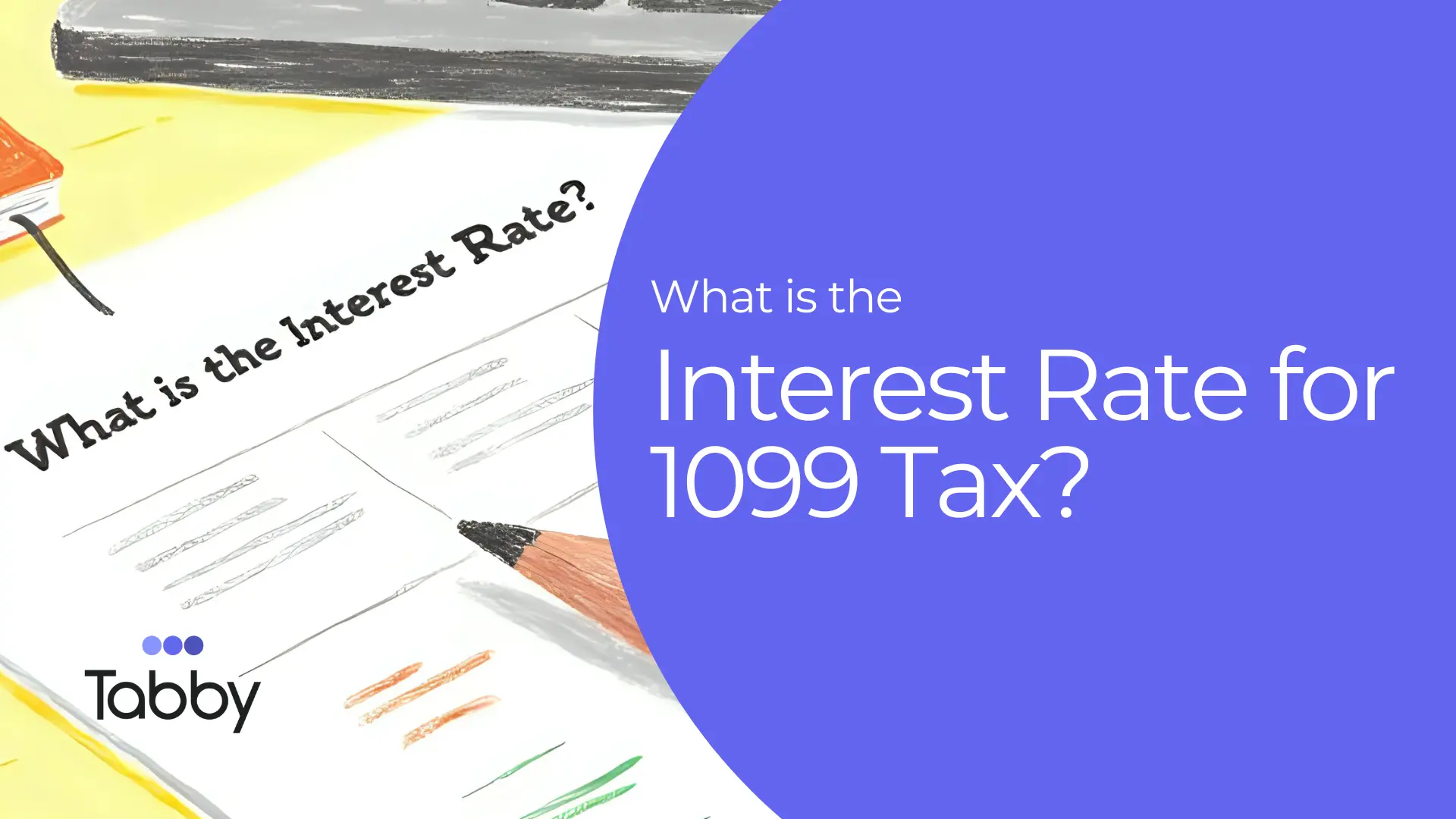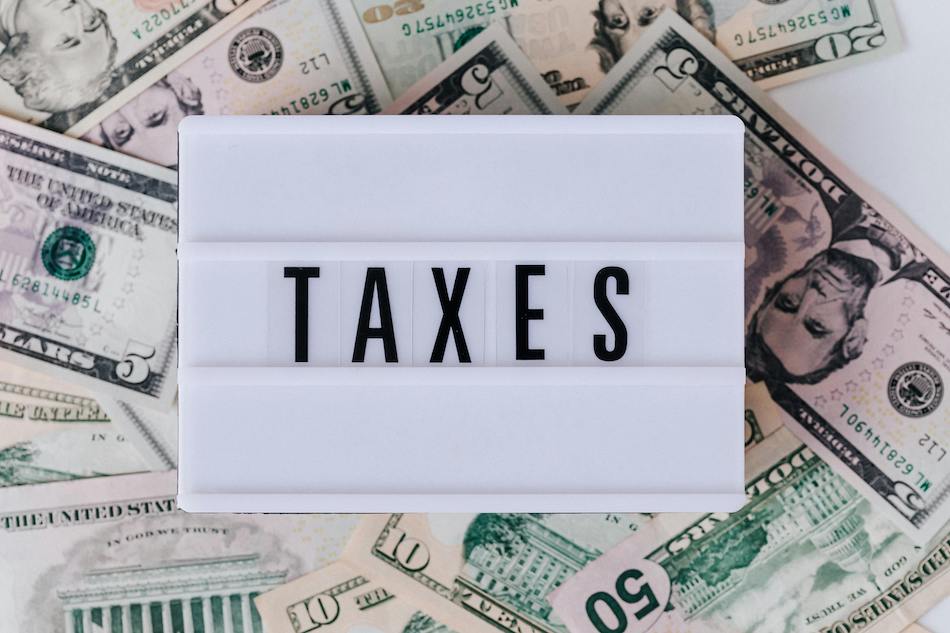- Finance,
- | October 29, 2025
What is the Interest Rate for 1099 Tax?

Every year around tax season, I’ll sit with clients and there’s always a interest rate for 1099 tax form that gets overlooked. It’s the 1099-INT income form from your bank or financial institution. Most people think it doesn’t matter because the numbers are small. But the IRS doesn’t care if it’s ten dollars or ten thousand. If it’s reported, it has to be on your return.
What is a 1099-INT?
A 1099-INT is simply a form your bank or broker sends you when you earn interest. If you make at least ten bucks in interest, they’ll send one out. That could be from a savings account, a CD, or even government bonds.
For the official details, check out the IRS page on Form 1099-INT.
One client of mine had a savings account that paid him only twelve dollars all year. He asked me if we could just skip it. I told him no, because the IRS already has that same form on file. If we don’t put it on the return, he’ll get a letter later.
Who Gets It?
You’ll get a 1099-INT if you:
- Have money sitting in a savings or checking account that pays interest.
- Bought a CD or bond.
- Earned interest through another financial account.
And if you’re a freelancer or contractor, you may get both a 1099-NEC for your client work and a 1099-INT for your bank interest in the same year. That’s normal. They’re different forms, but they both matter.
How Interest is Taxed
This part confuses a lot of people. Interest income is taxed the same way as your regular income. There’s no special lower tax rate. It gets added to your total income and taxed at whatever bracket you fall into.
Say you’re in the 22 percent tax bracket. If you earn $500 in interest, that $500 is just added on top of everything else and taxed at 22 percent. Nothing fancy.
For 2025, the federal tax brackets for single filers look like this (these adjust each year for inflation):
- 10% on income from $0 to $11,925
- 12% on income from $11,926 to $48,475
- 22% on income from $48,476 to $103,350
- 24% on income from $103,351 to $197,300
- 32% on income from $197,301 to $250,525
- 35% on income from $250,526 to $626,350
- 37% on income over $626,350
Married couples filing jointly have higher thresholds. Your exact rate depends on your total taxable income. Keep in mind, some interest might be tax-exempt at the federal level, like from municipal bonds, but it could still affect things like your Medicare premiums or state taxes.
1099-INT vs Other 1099s
Here’s a simple way I explain it to clients:
- 1099-NEC = payments from clients
- 1099-MISC = miscellaneous stuff like rent or prize money
- 1099-K = income processed through apps like PayPal or Stripe
- 1099-INT = interest income from banks or investments
Many people get more than one type of 1099 in a year. They all flow into your Form 1040 when you file.
Mistakes I See All the Time
- Ignoring small numbers: People think ten or twenty dollars doesn’t matter. It does. The IRS matches every form.
- Forgetting about multiple accounts: If you have more than one bank or broker, you might get more than one 1099-INT.
- Putting it on the wrong schedule: Interest belongs on your 1040. It doesn’t go on your business Schedule C unless it’s tied directly to your business activity.
- Not using Schedule B when needed: If your total interest and dividends top $1,500, you have to attach Schedule B to your Form 1040 to list them out.
- Skipping tax-exempt interest: Even if it is not taxable, report it on your 1040 to avoid IRS questions later.
Underestimating penalties: If you skip reporting interest, you could face an accuracy-related penalty of 20% on the underpaid tax, plus interest charges. The IRS also has failure-to-pay penalties that add up monthly.
How Tabby Can Help
If you’re self-employed, you probably get hit with more than one 1099 form each year. A 1099-NEC from clients, a 1099-K from apps, maybe a 1099-INT from your bank. That’s where mistakes happen.
Tabby pulls your accounts together so all your income is in one place. It flags bank interest too, so you don’t forget about it at tax time. One client told me they would’ve completely skipped over a small interest form if Tabby hadn’t caught it. That’s how easy it is to miss.
Final Thoughts
The 1099-INT isn’t hard to deal with, but it’s one of those forms people like to ignore. Don’t. The IRS pays attention to it. Report it, keep your records straight, and you won’t have problems later.
And if you’re juggling multiple 1099s, Tabby makes life easier. It organizes your freelance income, side hustle payments, and even little interest amounts so you’re not scrambling in April.
One last tip: Always double-check your tax software or preparer handles tax-exempt interest correctly, as it can impact other parts of your return.
FAQs
What is the 1099 interest tax form?
It’s Form 1099-INT. Banks and financial institutions send it if you earn $10 or more in interest.
Do I need to report small amounts?
Yes. Even small interest is reported to the IRS. If they get the form, you need to include it.
What if my interest is tax-exempt?
Report it on line 2a of Form 1040, but it will not increase your federal tax bill. States might tax it differently, though.
How do I report it?
You add the interest income to your Form 1040. It’s taxed like regular income.
Is there a deadline for receiving 1099-INT?
Yes, issuers must send them by January 31. If yours is late, contact them or use your account statements to estimate and amend later if needed.




